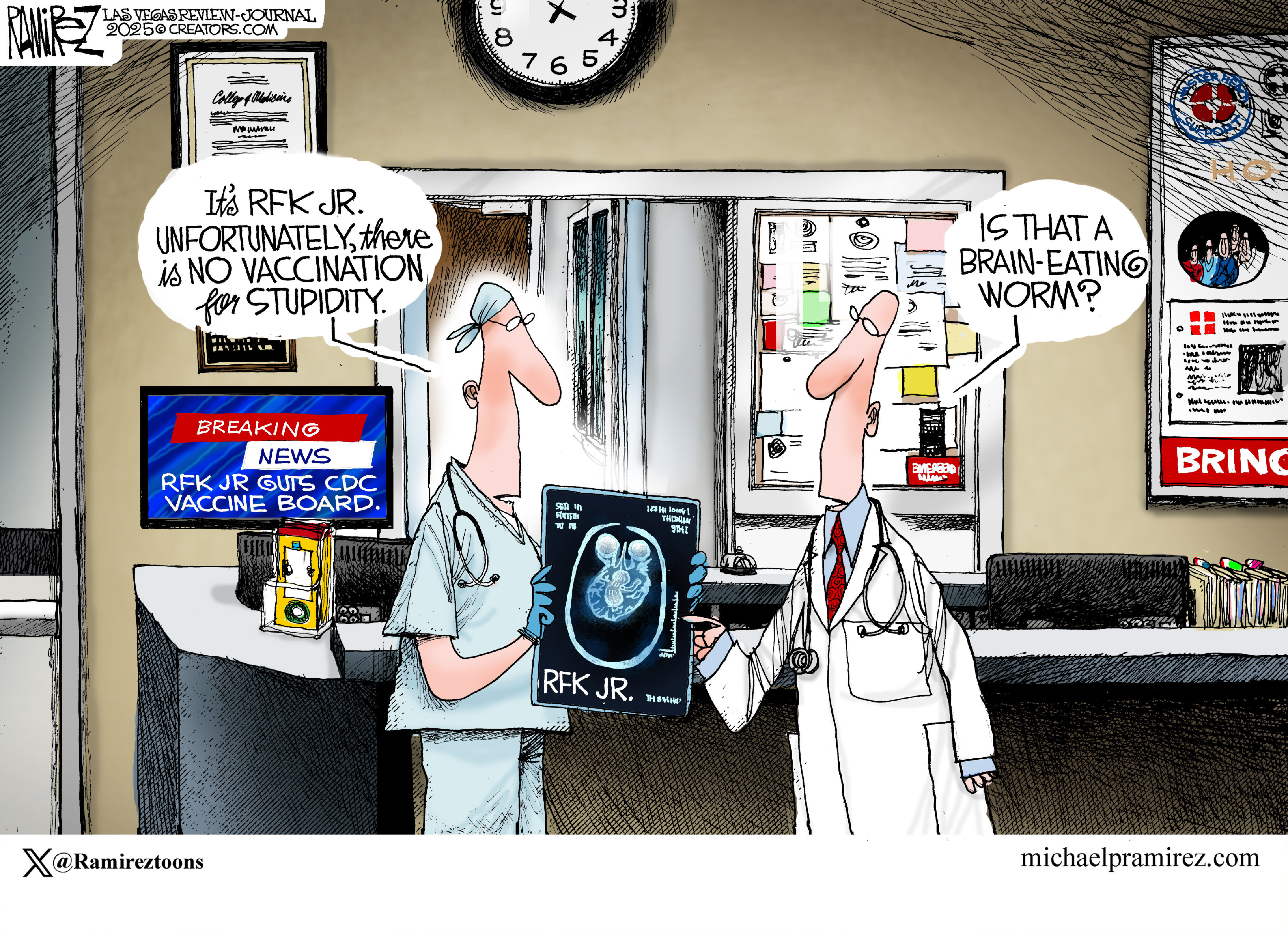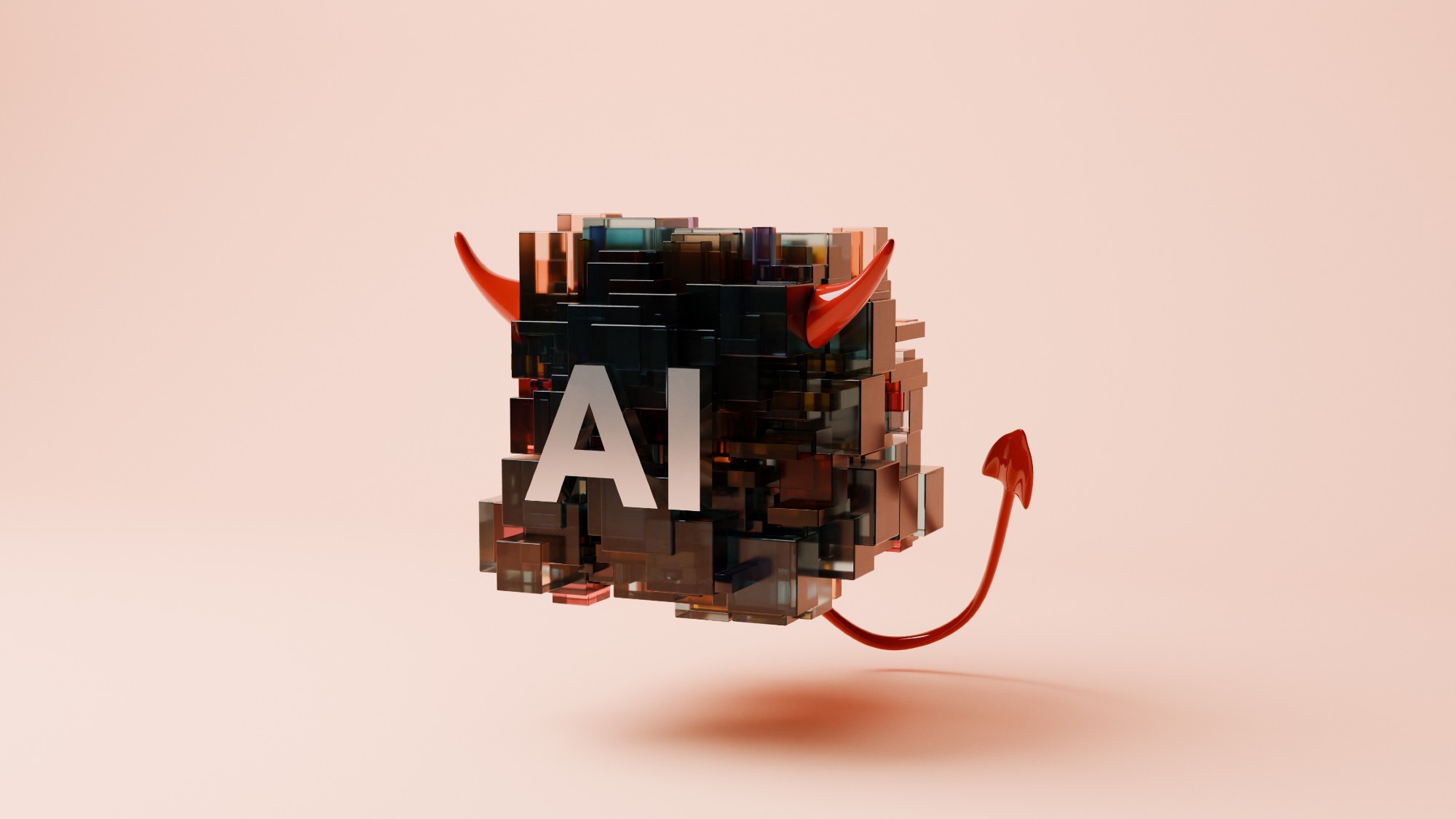How the internet is transforming the art world
It's easier than ever for artists to display their work online. But that comes with some downsides.


These days, selling your art online is easy. Online art galleries, freelance platforms, digital stores, and other websites help connect artists to potential buyers. From watercolor pictures of squirrels to geometric patterns of maple leaves, there is a growing demand for original artwork in the digital space. However, the commercialization and dilution of art online is leading to new debates about the meaning and future of fine art.
In 2016, online sales of art totaled $3.27 billion. This figure comes from an annual report compiled by TEFAF, but it only includes data from art sales databases, dealers, collectors, and auctioneers. So while the report shows significant growth in the art industry online, it's still missing key parts. For example, sales from personal websites, individual artists, and some online platforms such as Etsy are missing.
So, the demand is there. But the TEFAF report also revealed another interesting trend in online art sales: They tend to be on the lower end of the price scale, with each piece usually selling for less than $500. It's easy to see this trend when perusing Etsy, Creative Market, or another online platform. You can find original artwork for a couple of dollars.
Subscribe to The Week
Escape your echo chamber. Get the facts behind the news, plus analysis from multiple perspectives.

Sign up for The Week's Free Newsletters
From our morning news briefing to a weekly Good News Newsletter, get the best of The Week delivered directly to your inbox.
From our morning news briefing to a weekly Good News Newsletter, get the best of The Week delivered directly to your inbox.
On top of lowering the price of art, the digital space is redefining the definition of art. From a traditional viewpoint, fine art is usually a physical product such as a sculpture or a painting. Unless it's a print or reproduction, there's usually only one version. However, how do you define art when it's sold to the masses and can be purchased over and over again? What happens when you buy an original illustration of chrysanthemums with a commercial license and can reproduce it hundreds of times on a website or sell tote bags with it?
There's always been tension in the art market surrounding commercialization. Some believe art isn't a commodity, so it shouldn't be created for profit. Others feel that the cliché of the starving artist needs to disappear, and making a profit from art is not only desirable but also necessary. They argue that the digital space has simply created new ways for artists to make money.
This debate is only going to heat up as online art sales grow, and websites like Etsy, Creative Market, ArtFire, and many others make it easier for artists to sell their work without leaving their home. Whether they're selling original photos of a street scene in Rome or offering ink illustrations of a woodland scene, their art can find a digital home.
But while it may be easier than ever for artists to find an audience, the relationships they form with buyers tend to be fleeting and faceless. Interested buyers rarely remember the names of the digital artists who designed the beloved print for their wall or who contributed the adorable illustration of a squirrel for their website. This is one problem with the commercialization of art: Artists are getting lost in a sea of digital options, and no one cares or remembers their names.
Sign up for Today's Best Articles in your inbox
A free daily email with the biggest news stories of the day – and the best features from TheWeek.com
The dilution of art is another problem on these digital platforms. A quick search on Creative Market for pictures of floral wreaths leads to 7,359 results. A search for an abstract print on Etsy gives 180,366 results. What is the value of art when it's mass-produced by thousands of sellers? There's no easy answer, and the digital space continues to struggle with pricing.
Another looming threat? AI — or artificial intelligence. Although art is strongly associated with the human creative process, this doesn't mean it can't be copied by AI. There are already signs of this happening online.
Google's DeepDream is trying to make unique and original art online with artificial neural networks. Likewise, Google's Magenta project is attempting to make original art and music on the internet. But Google isn't the only one interested in AI creating art. Microsoft is experimenting with the ability of artificial intelligence to produce artwork with StyleBank. It may not be long until people are no longer part of the creative process at all.
Not everyone is embracing the idea of art produced by AI, but there are certainly people willing to buy it. At a charity auction for its AI-generated art, Google raised $84,000. Understandably, this is raising questions about the meaning and value of art. Indeed, the growth of AI may simply add to the dilution of creative work.
The internet has made it easier for artists to sell their work and make money. But it is also generating new debates about the commercialization of art in the digital space. The long-term sustainability of art online remains to be seen.
Lana Bandoim is a freelance writer and editor. Her work has appeared on Yahoo! News, CNN iReport, The Huffington Post, Lifescript, Healthline, and many other publications.
-
 June 15 editorial cartoons
June 15 editorial cartoonsCartoons Sunday's political cartoons include FEMA folding, a Father's Day card for Elon Musk, and new lyrics to the "Marines' Hymn"
-
 5 worm-ridden cartoons about RFK. Jr and the CDC
5 worm-ridden cartoons about RFK. Jr and the CDCCartoons Artists take on vaccine advisers, medical quackery, and more
-
 Will 2027 be the year of the AI apocalypse?
Will 2027 be the year of the AI apocalypse?A 'scary and vivid' new forecast predicts that artificial superintelligence is on the horizon A 'scary and vivid' new forecast predicts that artificial superintelligence is on the horizon
